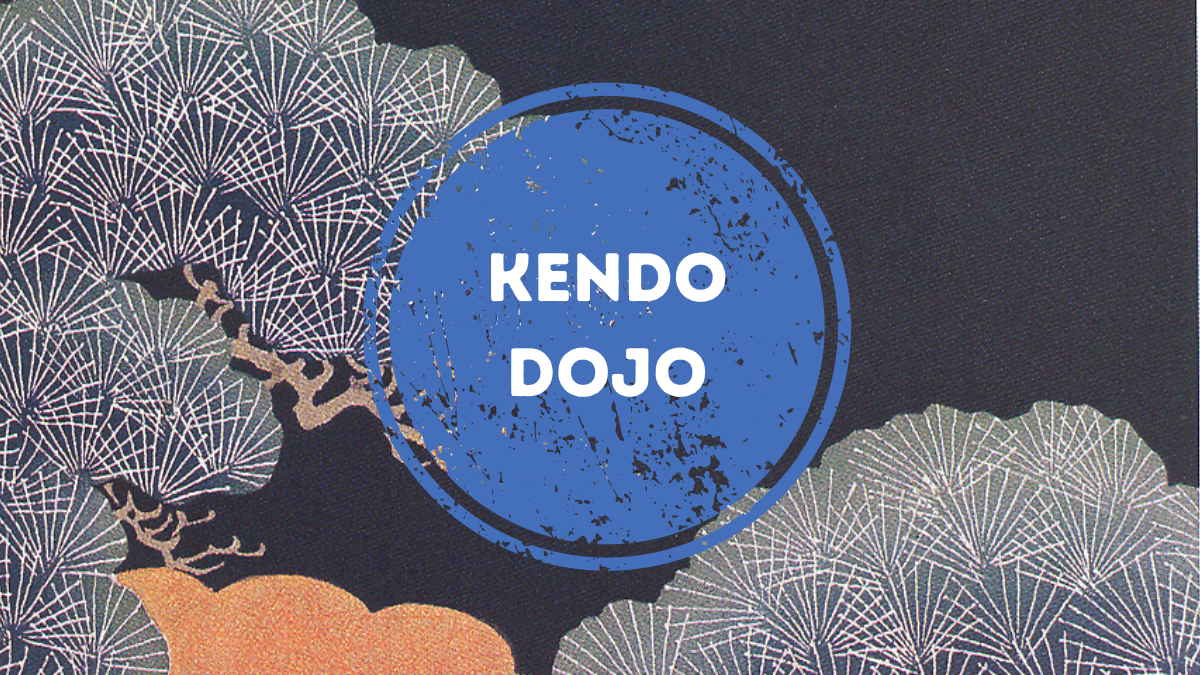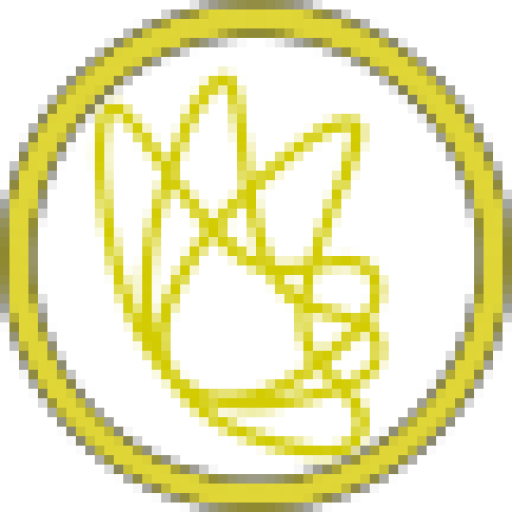
Sensei
Sensei means teacher and is used as respectful form of address for instructors and Kendoka of high rank with usually a minimum grade of 6th Dan, although it may also apply to a lesser grade who has founded a Dojo (this is more common outside of Japan). They generally sit on the joseki side. Whatever he/she says overrules any other prescribed regulations. It is for this reason that when visiting another dojo it is courteous and part of customary etiquette to follow the directions of the sensei regardless of what you have been told somewhere else. This does not infringe upon your rights and beliefs, indeed you are considered as one of his/her guests. It is also customary for junior or less experienced Kendoka to have the responsibility of ‘tying up’ and putting away visiting sensei’s armour, carrying their bags etc., and you shouldn’t wait to see if others will undertake these tasks. It is also very respectful to offer the same courtesy to your own Sensei irrespective of if they appear happy to do this themselves.
Sempai
Sempai generally indicates the senior member who sits first in the line opposite to the teacher. You should always be listening for what he/she says as he often shouts out most of the commands. In reality sempai means “senior/elder” and indicates anybody with more experience than you. You will be kohai (junior) to some people and sempai to others. This apparently rigid hierarchy is often misunderstood and some people take advantage of it to dominate others. These individuals show very little understanding of kendo and command very little respect from the kendo community. To be sempai does not mean you command automatic respect, but places great responsibilities upon you and requires patience, maturity, knowledge and discipline. Indeed the sempai is a leading example, he is required to show the basics and it is his duty to take care of the kohai and their safety. Therefore, if you feel you can learn from somebody sit further away from the joseki than him or her as a pure form of respect, they will not fail to notice and soon they will pay particular attention to you. The sooner you start to respect others the greater will be your achievements.
Instructions coming from the Sempai when lining up to start the session:
1) Sei-re-tsu: Stand in a straight line
2) Sei-za: Sit down in a kneeling position
3) Kio-tsuke: Sit up (or stand) straight
4) Moku-so: The act of composing your mind, body and spirit through breathing whilst in the Sei-za position
5) Moku-so yame: ‘Finish’ Moku- so, open your eyes and relax your Moku-so position whilst remaining in Sei-za
6) Shin-zen ni rei: Bow to the Kamidana ‘God shelf’ ( if you have one) or Club emblem, or if none then towards the Shomen (Usually the ‘Joseki’ High side of the Dojo)
7) Sensei-ni rei: Bow to the teacher, if more than one teacher, then use the phrase ‘Sensei gata-ni rei‘
8) Ota-ga-ni rei: Mutal bow to each other
When finishing the session the ettiquette is the same apart from thanking the teacher(s) firstly before the Shin-zen or Shomen rei and allowing the teachers to thank each other prior to the Ota-ga-ni rei
Kohai
As already mentioned kohai is anybody with less experience than you, literally it means ” peer ” Please help anybody who seeks your attention, not with the manner of someone who knows more and arrogantly lectures, but as an example, with the simplicity and modesty of one who is passing on some knowledge he acquired through real work, hardship and strife. Remember, however high in grade you will be one day, there will always be someone higher than you. It shows good disposition and attitude to behave as a learner on any occasion.
Reigi-saho (Etiquette)
Etiquette in the dojo is not designed to give airs and graces to senior members. Nor it is designed to contribute to the mystique of the martial arts. Etiquette is common sense, discipline and manners on the whole, and is an integral requirement for self-awareness and development. If the procedures outlined below are not conducted with the reverence they require and deserve, you cannot hope to gain respect by your actions.
A Kendoka should:
Bow respectfully when entering or leaving the dojo. Bow from the waist. placing hands on the front of the thighs, eyes looking to the floor, facing joseki.
Enter the dojo with bare feet. Place personal belongings in a neat pile where one is advised and check equipment thoroughly.
If one is late, request permission to join the practice to the senior member in charge, rei in seiza and warm up before joining the session. Similarly if you have to be excused before the end of the practise. However these should be rare occasions. A zarei (bow from sitting position) is performed if the sensei is in seiza position, ritsurei (standing bow) if sensei is standing.
Do not allow your attention to wander during instruction. Do not chat with other students. Make the most of every practice.
Stand in shimoza (opposite of joseki), holding the shinai in yasume or rest position when in line waiting for your turn or when a senior grade is instructing.
It is customary etiquette to walk behind a Kendoka wearing armour and standing in position. If for any reason the contrary is unavoidable stretch your right arm in front of you, bow slightly and excuse yourself while passing.
While in seiza you are instructed: If at any time you wish to take off your men and kote while practising, request permission from the sensei first.While instruction is being given by the sempai or visiting teachers, do not contradict or be uncooperative.
“men tsuke” have your men and kote on before your sensei.
“men tore” wait for the sensei to take off his men and kote before you do. Remember if you are slow everyone will have to wait for you to finish.
After final rei, it’s customary to offer special thanks to your opponent, a senior member or the sensei, do not shout from position, but rise to your feet, walk to the person, sit in seiza and rei.
Generally shoshinsha (beginner) or Kendoka of lower rank will sit or stand opposite the yudansha or to their left. The senior of the two will take the joseki side. A Kendoka should rei to this opponent or teacher before and at the end of each practice.
Never sit or rest without permission. Do not lean against the wall or on a shinai, using it as a cane. The shinai represents your sword, be proud of it and handle it as a precious possession. Also do not smoke in the dojo, or wear a hat, or speak loudly, or use abusive language.
Never step on or hit a shinai, the men or the kote with your feet when placed next to a seated Kendoka but treat them with care & respect.
Never touch part of the bogu or equipment of another Kendoka unless requested or invited to do so.
Help your fellow fencers before and after the practice. Assist in the cleaning of the dojo.
Always bow respectfully to your opponent and to the joseki before and after a keiko or a shiai contest. It is customary etiquette to say loudly and clearly, “onegaishimasu” while bowing before engaging for practise and “arigato gozaimashita” at the final bow.
If your armour becomes loose or untied, raise your right arm to signal you need to stop, after you do osame to, return to your standing position or to the closest available place to the entrance, sit in Seiza and re-tie your armour, then start again with a standing bow. It is important that during this operation you do not obstruct other people around you causing delay or worse be a hazard to them. Always place safety first.
Make the most of the opportunity by practising, whenever possible, with higher grades than yourself, and never allow a yudansha to stand idle.
To the samurai their katana was their most valuable possession. In a similar fashion you must treat your shinai or bokuto with respect. Whenever you leave your shinai make sure it is out of the way, where others cannot stumble over or step on it. If it becomes necessary to rest either item against the wall, make sure it is turned with the tsuka down. (However this is not the recommended method).
Shodachi is the first strike. When fighting with a senior Kendoka it is good etiquette to strike first. This allows the senior person to appraise your level and cater for your needs. Never waste your Shodachi, but strike positively from issoku-itto-no-maai with a loud kiai, positive Kamae and a careful and accurate strike.
Last but not least, remember to use correct reigi (etiquette) and shisei (attitude) all through the practice wherever you are, and exhibit some kigurai (pride). All of this shows what you are made of and the club where you have been training will be recognised as being high level.
Personal Attention
Your own person and your equipment should be always be kept clean; mainly as a form of respect towards your teacher and your fellow Kendoka.
Toenails should be clipped for neatness and safety’s sake.
Jewellery should be removed and long hair tied back before the practice starts.
Maximum care should be given to your own equipment. The kendo-i, also known as the kendo-gi, should be washed often and a minimum of two are recommended for rotation.
The hakama should be washed as often as necessary. Both should be hand washed in cold water to avoid excessive fading, discolouring and fabric wear. These garments should be pressed and always worn with pride about their appearance
Any trace of sweat should be promptly wiped out from the inside of your men and kote at the end of every session; while at home the entire Bogu should be opened up and placed in an airy place to dry.
One aspect of cleanliness is also achieved in looking after one’s body. Hands and feet play a very important part in your everyday training. Look after them; use cream to soften them up and to avoid dry skin and calluses.
If your Achilles, heels , elbows or other parts of your body ache stop training until they are back to normal. Look into the cause(s) with other senior members and try to solve them. It is better to come to keiko to watch (mitorigeiko) than not attend at all.
An unclean Kendoka indicates slackness and lack of discipline and self respect – for others as well as yourself
